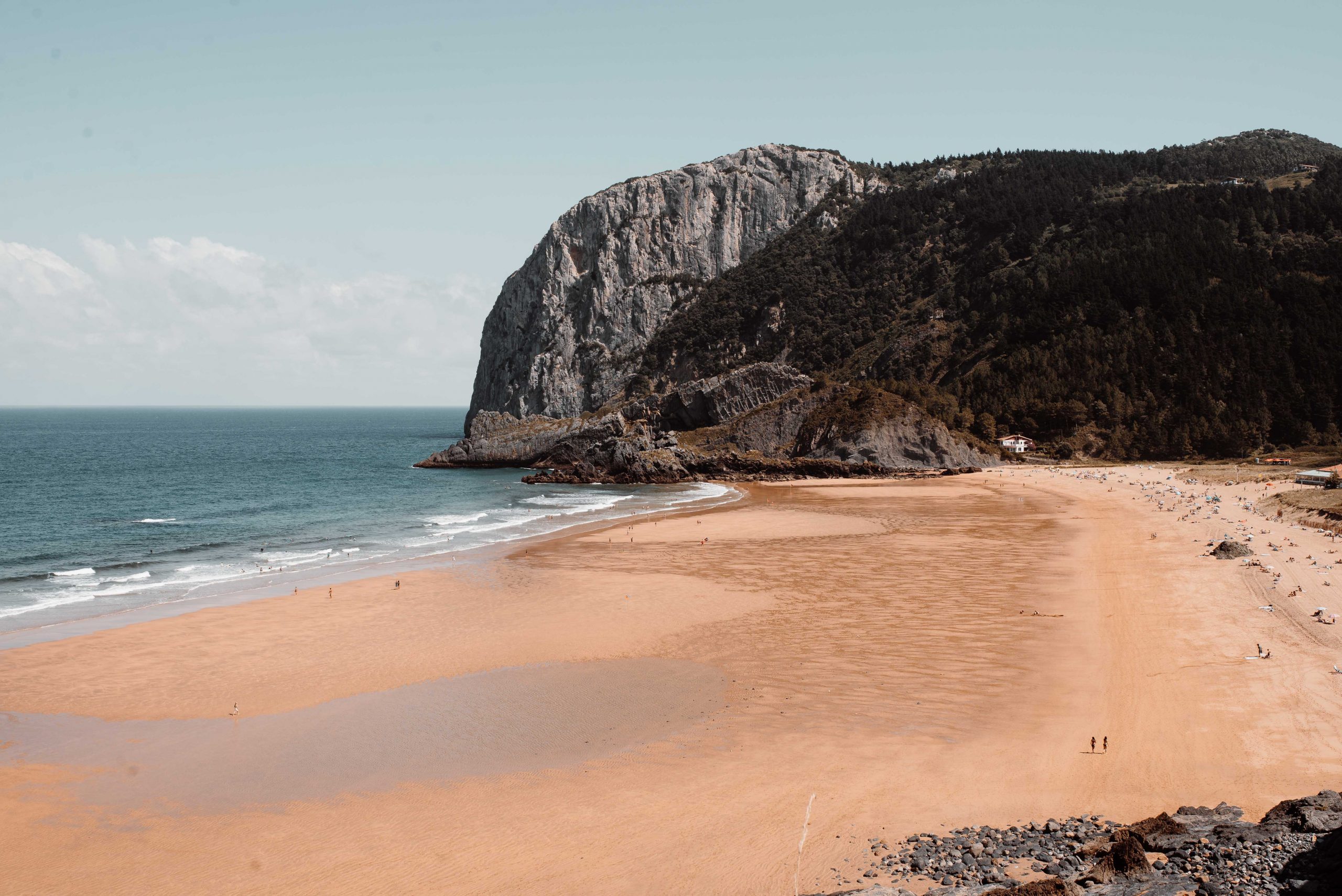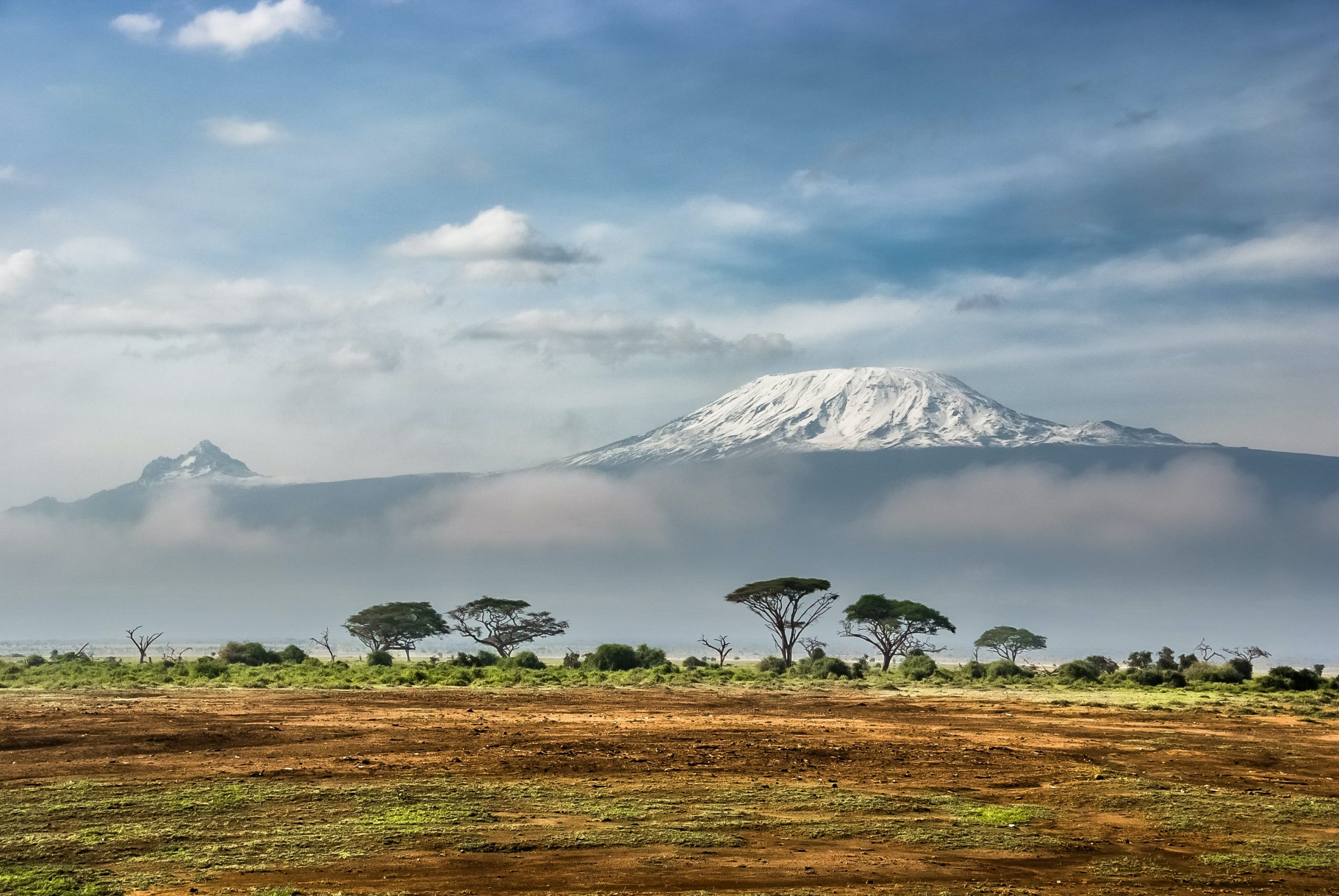
The Republic of Estonia, located in the Baltic region on the eastern shores of the Baltic Sea, shares its borders with Latvia to the south and Russia to the east. It’s often referred to as Estonia or simply just Estonia, and it’s certainly worth a visit if you’re looking for some eye candy in addition to historical sights, beautiful landscapes, and great food and drinks! If you want to visit this tiny country but aren’t sure where to go, here are the 10 most dreamy places you must visit during your Estonian vacation!

1) Saaremaa Island:
The island of Saaremaa is the second largest island in Estonia and is located in the Baltic Sea. It has a rich cultural heritage with its own dialect, cuisine and folk traditions. The most popular city on the island is Kuressaare which has an impressive castle overlooking the town. Visitors who want to visit an abandoned Soviet submarine base should head over to Paldiski. Other notable towns worth visiting are Käina, Reola, Võsu and Lihula. Vaika village, near Kuressaare, offers authentic farm stays where visitors can experience life as it was like in pre-war times. There are many more places worth exploring on Saarema but one thing that cannot be missed is the Karula National Park.
2) Tallinn Old Town:
The first place on this list should be a no-brainer. Tallinn Old Town is the oldest part of Estonia’s capital and it has a lot of history with it. One thing that makes this town so dreamy is that it has gothic and baroque architecture, which is something you don’t see often in Eastern Europe. If you want to explore Tallinn Old Town, be sure to visit the Saint Catherine Church, Museum of Occupations, St. Nicholas Church and Pirita Convent. And, while you’re here, don’t forget to try some Baltic herring at one of the many restaurants or buy some black bread from one of the shops!
3) Lahemaa National Park:
Lahemaa National Park is one of the most beautiful destinations in Estonia. Here, you can hike through ancient forests, explore the many bogs and lakes, and see some of the country’s oldest human settlements.
Lahemaa National Park is one of the most beautiful destinations in Estonia. Here, you can hike through ancient forests, explore the many bogs and lakes, and see some of the country’s oldest human settlements. There are also a number of manor houses located within Lahemaa National Park boundaries that offer guided tours where you can learn about Estonian history firsthand – including life on a 19th century manor estate!
4) Tartu:
Tartu is a city in southern Estonia. Founded in 1224, Tartu is the second-oldest city in the country after Narva. The population at the beginning of 2017 was 67,923. It is also home of the nation’s oldest and most renowned university, founded in 1632 by King Gustav II Adolf of Sweden.
The Old Town of Tartu is one of Estonia’s top tourist attractions. Visitors are sure to enjoy wandering around its cobbled streets, past medieval churches and narrow houses with wooden balconies and gables dating back as far as the 15th century or even earlier.
5) Otepaa:
The Otepaa waterfall is a popular attraction in the Hiiu County of Estonia. The waterfall is located on the Väike Emajõgi River and consists of two levels. The first level is 3 meters high, and the second level is 20 meters high. There are also many hiking trails that lead up to both levels of the waterfall, which makes it a great place for those who love nature. It’s not too far from Tallinn or Tartu so make sure to include this natural beauty in your trip.
6) Haapsalu:
Haapsalu is a seaside resort town on the coast of Estonia. The White City was founded in 1775 by Tsarina Catherine II and is one of the best preserved medieval towns in Europe. Haapsalu has been voted as the most popular summer destination for Estonians and international visitors alike. In addition, Haapsalu offers a variety of sights that are worth exploring on foot or by bicycle including a serene sandy beach with stunning views of the Baltic Sea, historic churches, museums, parks and other recreational activities like golfing at the nearby Haapsalu Golf Club.
7) Kuressaare Castle:
Kuressaare Castle is one of the most important medieval castles in Estonia. It was built in the 14th century and is still in good condition today, with a lot of its original design still intact. The castle is also home to a museum showcasing Estonian history and culture, with artifacts ranging from ancient coins to traditional clothing.
Kuressaare Castle has an interesting history as well; it was once used as a prison by the Russian Tsars and later, during World War II, it was occupied by German forces.
8) Parnu:
Parnu is a seaside resort town in Estonia, situated on the Gulf of Parnu and the Baltic Sea. With its long sandy beach, it is one of the most popular tourist destinations for Estonians. The most beautiful time to visit Parnu is during the sunset when you can have a drink at one of many seaside cafes with a view of the sea and feel like you’re miles away from everything else.
9) Viljandi:
Viljandi has been the county seat of Viljandi County since 1919, and it is the largest town in Estonia not situated on the coast. It is located about one hundred miles from Tallinn, Estonia’s capital. The town has a population of around 18,000 people. Viljandi offers plenty of opportunities for outdoor activities, like hiking and cycling.
The town is also famous for its annual Viljandi Folk Music Festival, which started in 1948 and attracts visitors from all over the world. A fascinating walk through historic Viljandi can be found by following an old cobblestone path that runs alongside of the Pärnu River.
10) Narva:
Narva is the only remaining town in Estonia that was not captured by Russia during the Soviet occupation. The town is located on the southern tip of Narva Bay, on the right bank of the Narva River and has a population of 29,000.
Narva has many churches and other religious buildings in its old section. The oldest church is St John’s Lutheran Church which was built in 1553, but it burnt down during World War II, and now there stands a newer one from 1944 next door.
There are also some small museums in Narva such as an Estonian Military Museum which displays weapons and uniforms used by Estonian soldiers throughout history.






